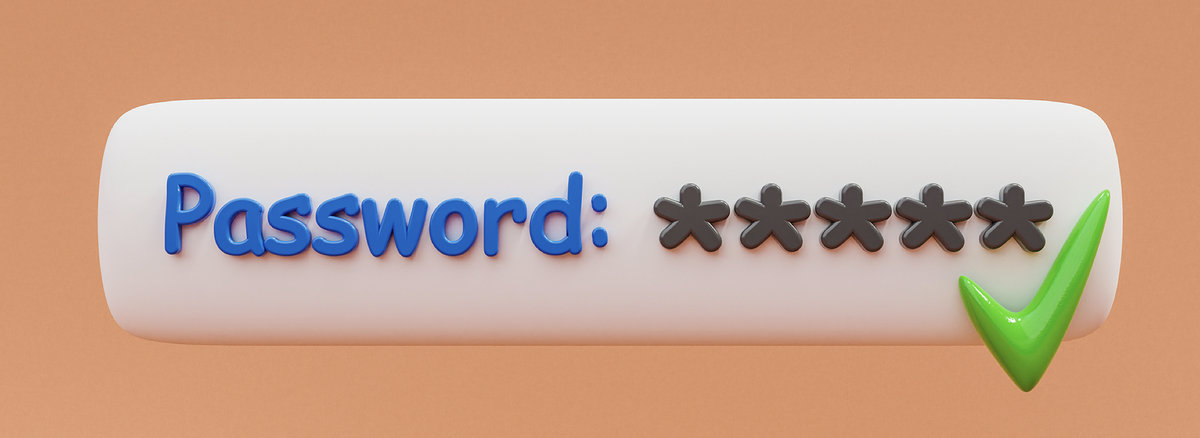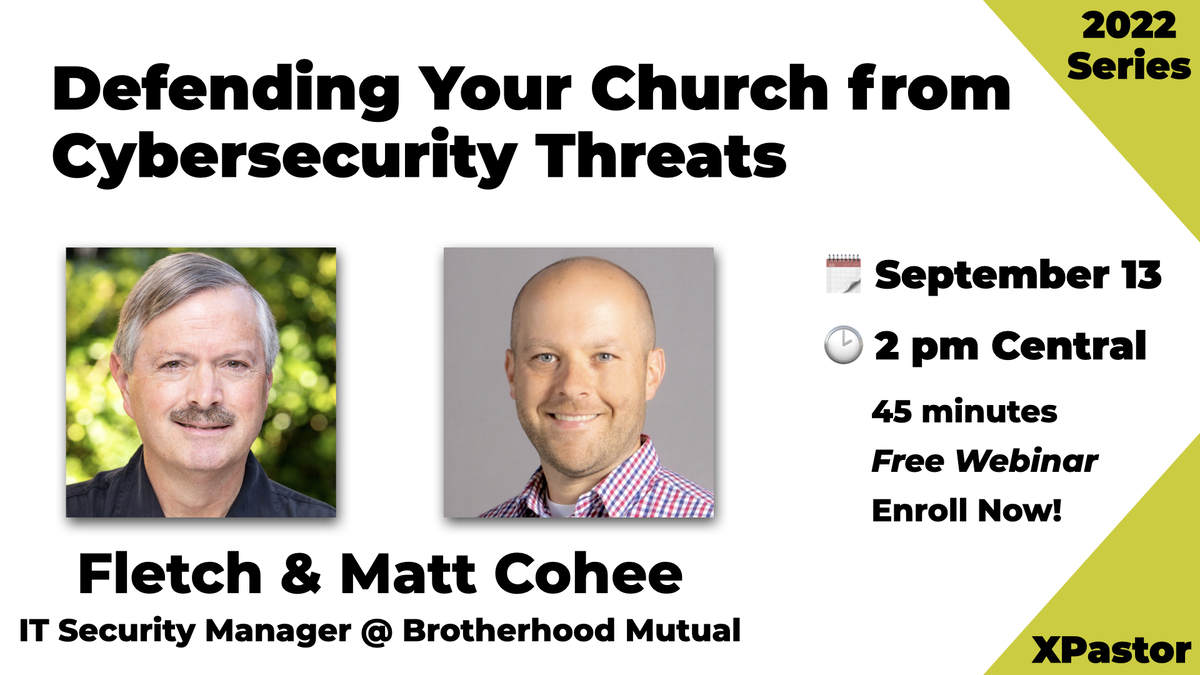Imagine holding Sunday services with an unlimited number of available seats. Imagine those seats being accessible to anyone, anywhere in the United States or world. Surprisingly, these days it’s easy to turn those dreams into reality.
Just a couple of years ago there were only expensive ways to reach a mass audience. Churches were forced to buy time on local radio/TV stations or perhaps on a Christian cable channel. Suddenly that has all changed. With only a modest investment, churches can now broadcast services live on the web. This type of internet broadcasting is commonly known as “live video streaming” or “webcasting.”
Why Broadcast on the Internet?
Internet broadcasting of church services is all about connection to your congregation. It provides opportunities for people who would otherwise miss your service. For instance, members who are ill can watch a video stream from their home computer. Business travelers or vacationing members can tune-in a live webcast when out of town. Seasonal members can stay current from their “other home.” Shut-ins can experience their church services live, without waiting for a CD or DVD to arrive. People stuck in their home because of bad weather can “virtually attend.”
Live video streaming encourages visitors. People considering visiting your church can first watch your webcast. They get a good feel for your church before ever setting foot inside.
Live internet video also expands connection to extended families. A member with out-of-state family may encourage them to tune in for a special sermon series. In another case, a choir soloist with distant family can encourage them to watch, helping them connect with their family and with your church.
How to Stream Video over the Internet
Set aside all the techno-speak and live webcasting is easy to understand. Camera and microphone signals are fed into a computer. The computer then converts the signals into a continuous live audio video stream. That stream is then sent over the internet from your location to a video streaming service … a hosting distribution center. The distribution center uses its high capacity servers and internet bandwidth to make your video streams available to as many people who want it. An individual live video stream is sent from the distribution center directly to each computer requesting it. Viewers see the video stream displayed in a small browser window. A larger picture can be seen by playing the video stream through a standard media player such as Windows Media Player.
How Much Does Live Streaming of Internet Video Cost?
As a minimum, you will need the following to begin live webcasting:
- Camera and microphone ($500 and up)
- Computer ($1,000) and stream encoding software (free and up) to convert standard TV signal to audio/video stream
- Streaming media hosting service (distribution) from an outside provider ($50-$300/month depending on how many people regularly watch)
- Standard broadband internet connection at your church (existing)
How We Do Quality Web Video on a Budget
Northshore Christian Church webcast started offering free streaming video on its website for a budget of less than $8,000. The bulk of our expense was for a remarkable piece of technology named TriCaster. Northshore’s Media Director, R.J. Whitlow, recommended it because it allows us to simultaneously produce video for sermon DVD production, lobby and cry room video feed, video for our auditorium projectors and a live video stream for the internet.
The live web streaming signal from TriCaster is sent via the church’s T-1 internet connection to an outside company called NetRiver. This webcast hosting company then uses its high bandwidth capabilities to send a live stream to each person who would like to watch. We pay less than $100 month for this service. We believe this is a bargain considering an almost unlimited number of people can tune in at one time.
Concerns About Streaming Videos
As with any change, there may be concerns raised about live webcasting. Your teaching pastor may wonder about comments from people who “saw the service online.” Does this mean that people are watching from home and not participating in the church’s body life? While it is a logical concern, we do not have any evidence that this is happening in a significant way. People appear to be using the internet as a supplement … to view a service they would otherwise miss.
Another logical question is, “How will online video streaming affect the church offering?” We have noticed no discernable negative change in offerings as a result of live internet broadcasting. It may actually be a benefit. We offer the option of online tithing and special offerings. There is a link from our live video window for online giving. We now receive approximately 10% of all church offerings online. Occasionally we are blessed with a large gift made via the church website. We cannot say to what extent live service streaming has positively impacted online giving. However, we receive a lot of positive feedback regarding our online giving, podcasts and live video streaming. It is clear that those who expect our church to have a strong online media presence are satisfied.
Beyond Weekend Services
Since installing our live streaming capabilities, we have discovered additional uses for the technology.
Use by outside groups
Our facility hosts a major annual community event. Organizers were thrilled when they learned that the event could be webcast live. We charged a modest fee to help offset our video streaming costs, which the group was more than happy to pay.
Student recitals and band performances
Our church academy hosts student performances which are now offered as a live webcast. Grandparents around the country greatly value the ability to see these concerts as they happen. One parent, who was stationed overseas with the military, was especially grateful to be able to watch his child perform live.
Funerals
Our church recently hosted a very large funeral. The family opted to have the service webcast to out-of-town relatives. We anticipate future requests to live stream weddings.
Conferences
We see future possibilities in video webcasting our various church leadership conferences and offering the facilities to outside groups wishing to teleconference.
Personalized worldwide ministry
Christ Fellowship Church in Palm Beach Gardens, Florida also offers live streaming of its services. The church is taking the concept a step further by adding personal interactivity. Christ Fellowship calls this an Internet Campus. It is described this way; “You’ll be able to participate in our live online worship experiences, talk to a pastor, join one of our prescheduled chats and discover how you can grow in Christ—wherever you are.” The church has more than 1,000 people who watch via the internet each week from Europe, Asia, South America and the Middle East.
Home churches
An exciting possible use of live webcasting is to help support home churches. Congregation members could host small gatherings in their home. They could first worship and pray within their group, then tune in the sermon via the live streaming over the internet.
Nursing home ministry
We plan to take our service to nursing homes. A volunteer will “host” the webcast on site at a nursing home. The volunteer will take communion to participants who are watching the live service via the web.
When you stop to think about it, it’s remarkable that we live in a time when such ministry is possible. Just a few years ago, this technology did not exist. Now webcasting is affordable and relatively simple to offer. How remarkable it is that any internet desk chair in the world can now be a seat in the sanctuary!
More Information
- Tutorial: How to stream video
- Windows Media Streaming: Download Windows Media Encoder Software
- Live Streaming Video Technical Primer











